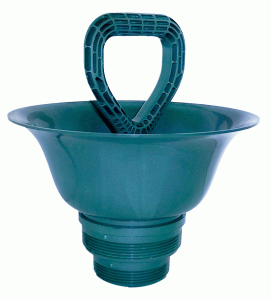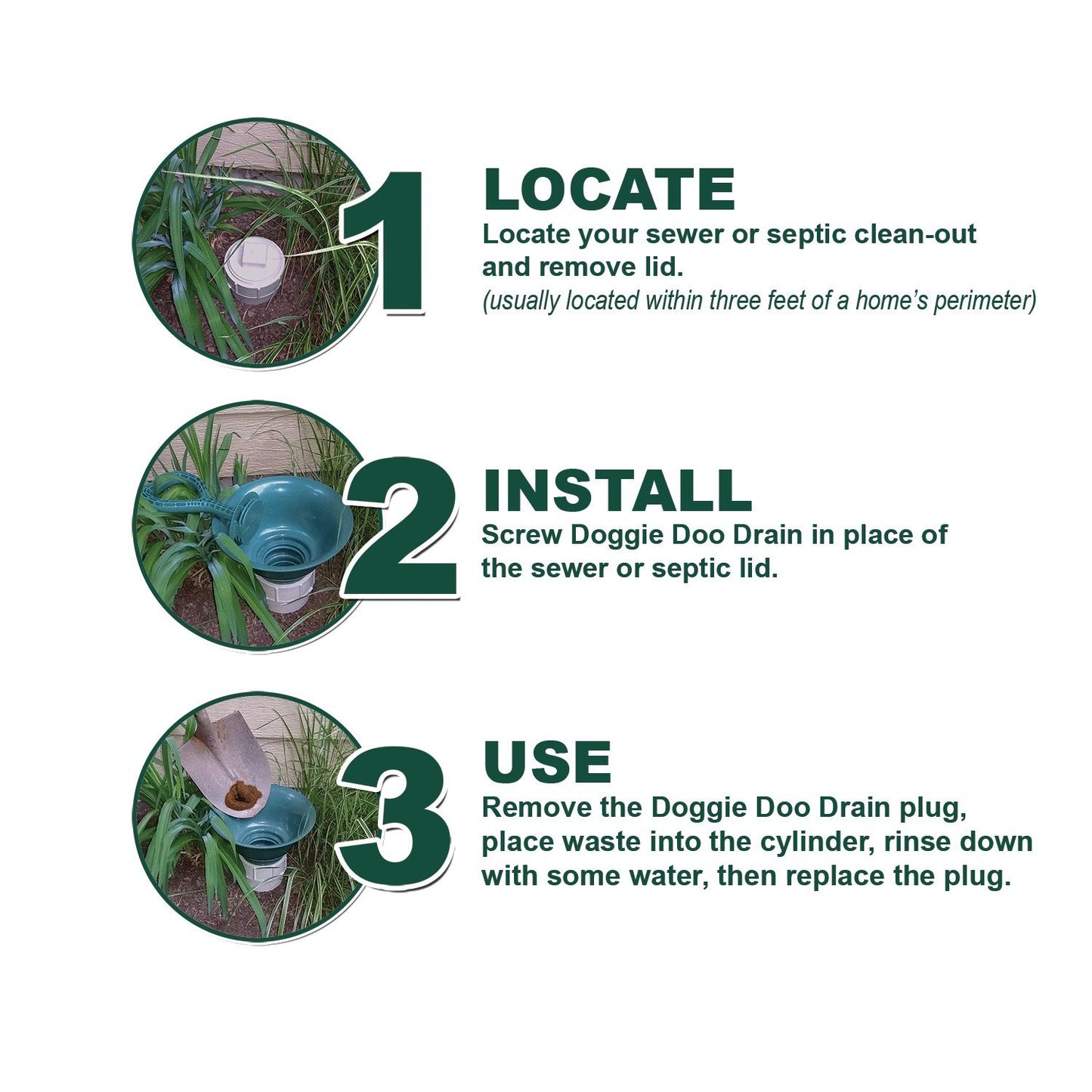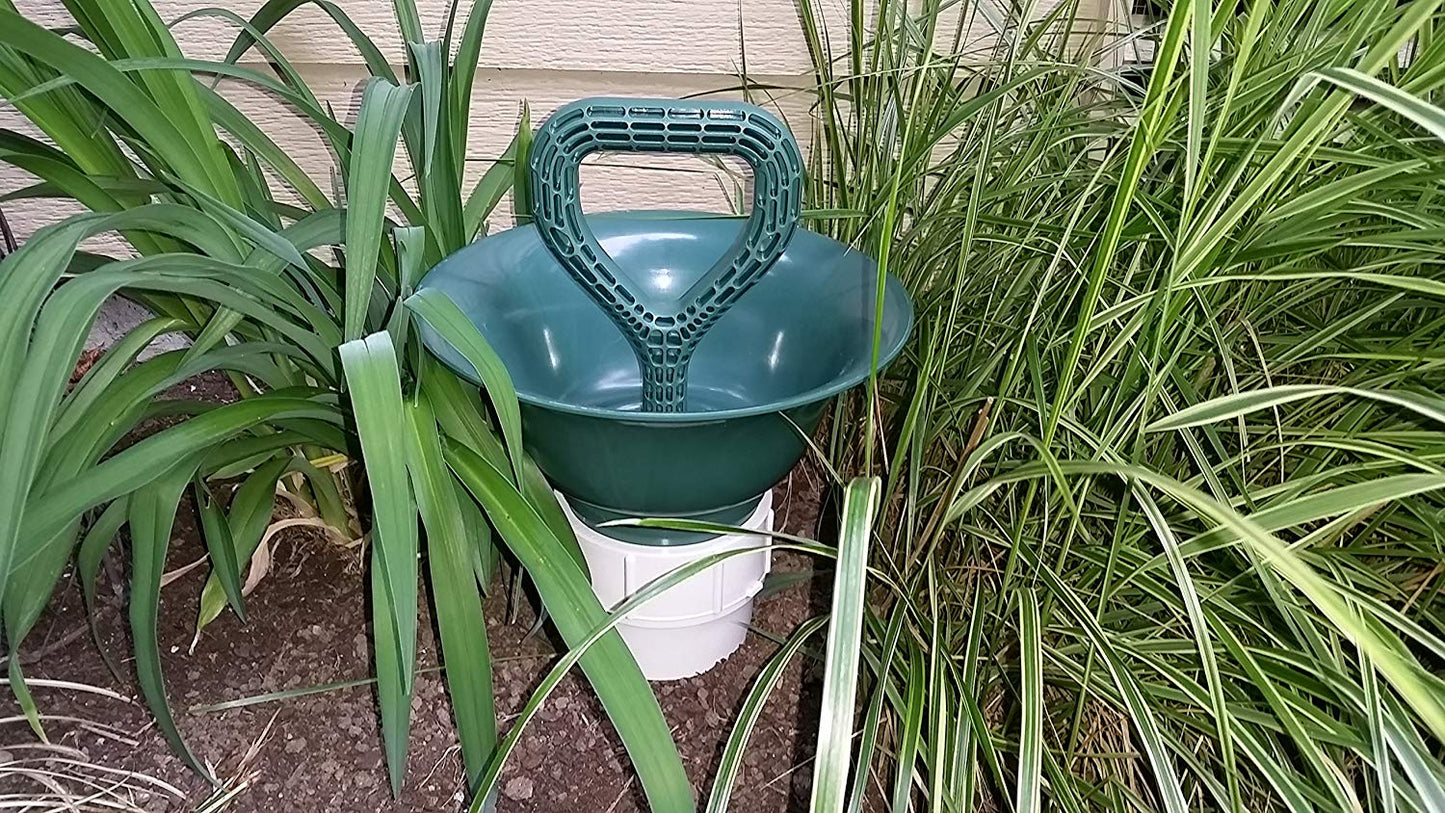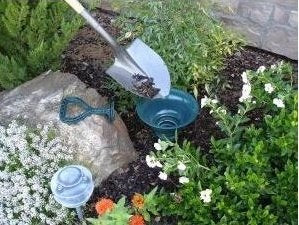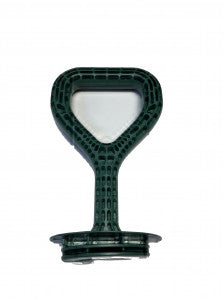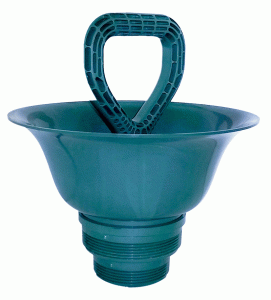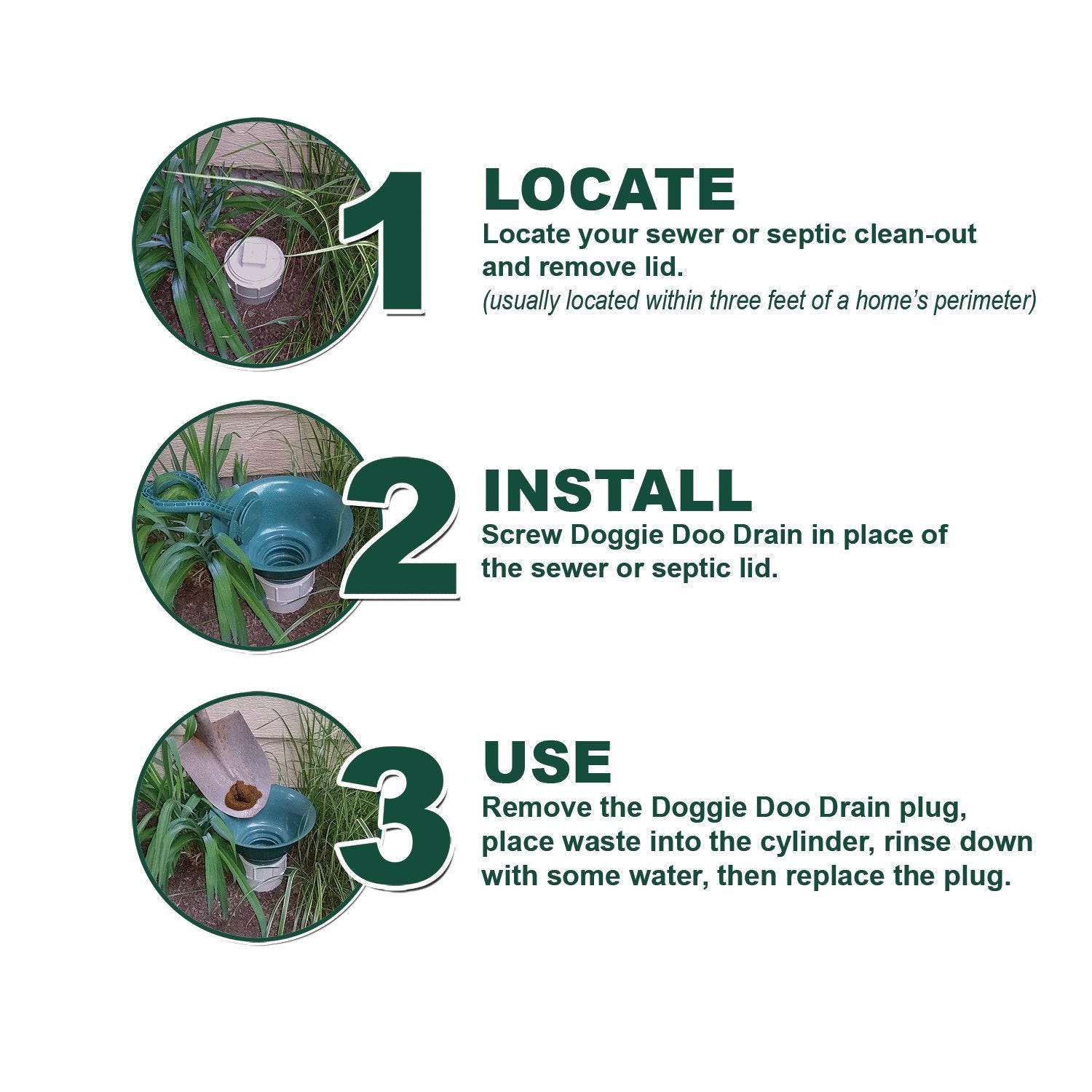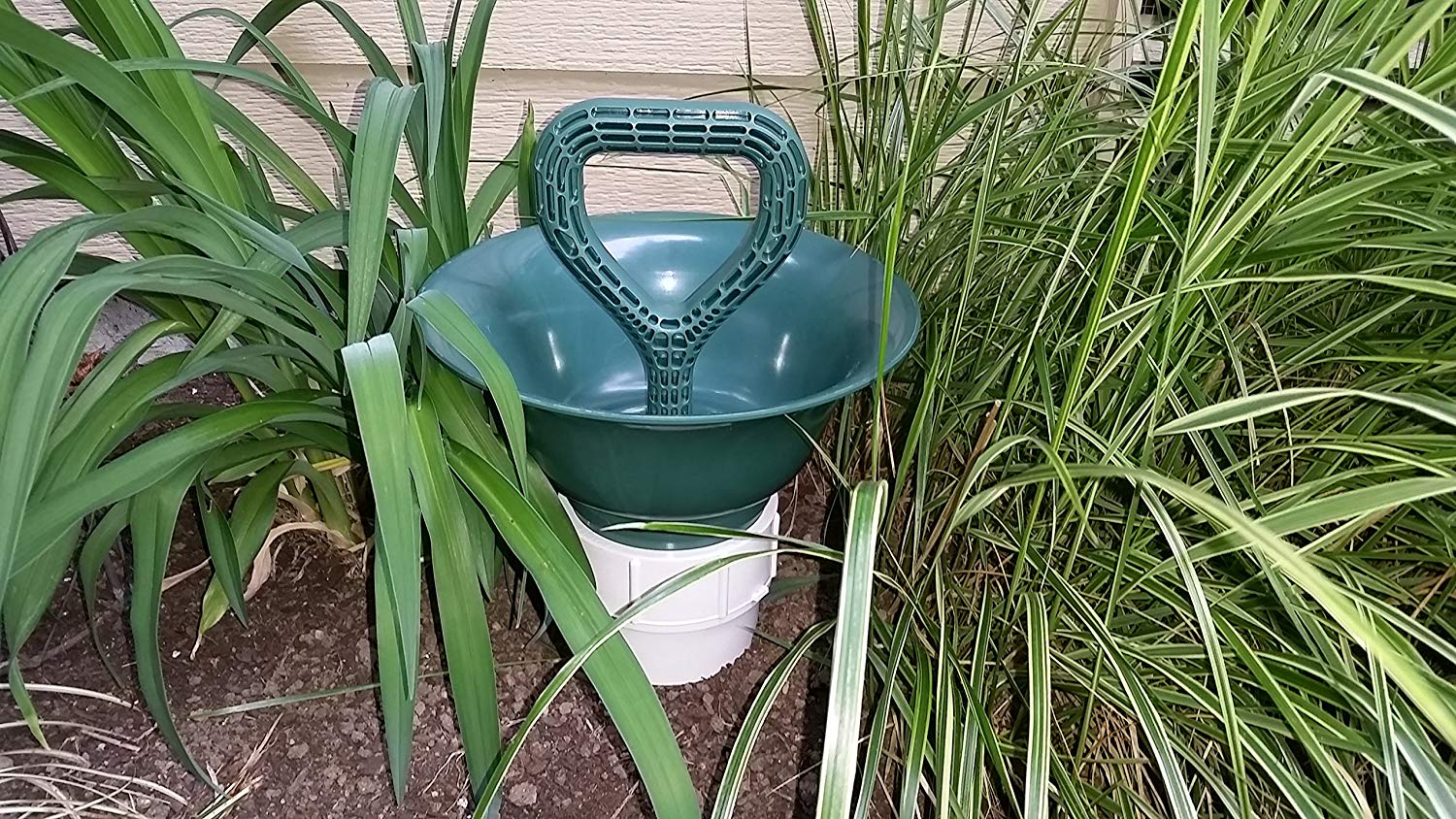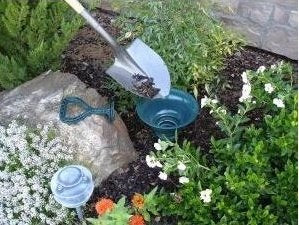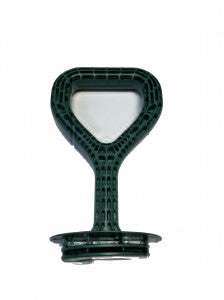My Store
Doggie Doo Drain
Doggie Doo Drain
Couldn't load pickup availability
Plumbing Contractor offers Eco-friendly Solution to dispose of Dog Waste
Pet owners continue to embrace the eco-friendly trend with new waste disposal products
People love their dogs…just not the waste they leave behind. Statistics indicate there are 71 million dogs in the U.S. and they create over 29,000 tons of waste every day.
The average dog owner typically puts the waste in a plastic bag and dumps it in the trash, which ends up in over-crowded landfills where it takes plastic bags over 200 years to decompose. A recent study in San Francisco showed that almost four percent of the landfills are pet waste. Some dog owners have attempted to compost the waste, but the parasites and bacteria found in dog waste have been found to be harmful to others.
Doggie septic tanks are another option, but these septic tanks need chemicals or enzymes to break down the waste, which takes time and effort to buy and then bury.
Still other dog owners don’t pick up the waste at all, thinking it will decompose and absorb back into the ground. The waste is washed into storm drains when it rains and ends up in bays and drinking water. The Environmental Protection Agency (EPA) estimates that two days worth of dog waste from about 100 dogs can create enough pollution to close a bay and all the watersheds within 20 miles. To many dog owners, it may seem like there is no “green” and safe way to dispose of their dog’s waste. However, some people have discovered an eco-friendly solution to dispose of the doo: The Doggie Doo Drain. The drain screws into your home’s sewer clean-out so that the dog waste can be deposited directly into the sewer, much like when you flush the toilet.
According to Dick Klauber, inventor of the Doggie Doo Drain and plumbing contractor, using it is as simple as 1-2-3.
- Locate your sewer/septic clean out -(accepts 3 and 4 inch sizes) and remove lid - usually located within 3 feet of home's perimeter
- Screw in Doggie Doo Drain to sewer/septic clean-out and remove Doggie Doo Drain plug
- Place waste in Doggie Doo Drain cylinder and rinse down with hose, replace Doggie Doo Drain plug
-
Height is 12 inches (with handle)
-
Opening at the top of the cylinder is 10 1/2 inches in diameter
-
Replacement Handle Available
-
Accepts 3 and 4 inch sizes Sewer/ Septic Clean-out
People love their dogs, but they don't love the mess that their dogs leave behind. Most people collect their dog waste in plastic bags and dump it in their trash can. This results in a smelly trash can and, more importantly, the waste ends up in our over-crowded landfills where it takes the plastic bag over 200 years to decompose! Even if you can live with the smelly trash can, consider this: there are 43.5 million dogs in the U.S. and they create over 10 million tons of waste every year. More disturbing is the dog waste that is not picked up and is absorbed into the ground or washed down our storm drains. It seeps into and contaminates our drinking water. Think about that the next time you take a cold drink out of your faucet or the next time you take a refreshing shower! Now there is a solution - The Doggie Doo Drain! The Doggie Doo Drain easily attaches to your sewer/septic clean-out where the dog waste is deposited directly into the sewer where waste belongs. The Doggie Doo Drain requires no assembly and it installs in minutes!
Video helps explain - Click Here
The Doggie Doo Drain is becoming a popular option to get rid of dog waste because it is deposited into a place designed for waste: the sewer line. Sewers and waste treatment plants treat the bacteria and parasites found in both human and dog waste. The Doggie Doo Drain gives dog owners an eco-friendly way to dispose of dog waste. “With the Doggie Doo Drain the waste does not end up in our landfills or in our local water supply. As a plumbing contractor, it was imperative to me to find a dog clean-up solution that was effective and still safe for waterways,” Klauber said. “It’s a safe and cleaner way to get rid of the poop, and it is more friendly to our environment.”
Share
